Ask the Expert is a series of posts for multiracial moms raising biracial kids. Today’s question is a great one, broaching the topic of mixed identity and how we, as parents, can help facilitate a healthy one. One DSM reader asks,
How can I help my biracial child answer questions on identity? I would love some advice on giving my 7-year-old daughter a useful, simple response when asked “what are you?” by her peers.
Wow, it’s a trip that people still ask this question. I believe it’s rooted in genuine curiosity and our need to put people in rigid categories. People want to know “where do you fit in?”, “how should I treat you?” and “how can I relate to you?” Because our society is obsessed with the concept of race, but afraid of discussing it, kids aren’t taught appropriate ways of asking a person’s ethnic background. A more accurate question is simply: “what is your ethnic background(s)?”
Tips to Help Biracial Kids with Identity Questions
Three things come to mind when thinking about how to help a 7 year old with this question. Here are a few starting-points as parents prepare to help their multiracial children through self identity:
1. Parent’s awareness and beliefs about self-identity, culture, and ethnicity
2. People’s right to choose how they identify and your opinions on it
3. Developmental understanding of ethnicity and culture
Being aware of your own identity and beliefs on culture will prepare you to have a good conversation with your daughter when it comes time for her to self identify. If you’re comfortable with the subject of culture and race, as well as secure in your identity, this discussion will be easier for both of you. It’s up to us as parents to model acceptance and appreciation of ourselves and others.
Here are some questions to guide your own self-exploration:
• How do you self-identify?
• How do you conceptualize culture, race, ethnicity?
• What do you tell your daughter about her ethnic identity?
• How do you talk about culture and ethnicity in your family and household, if at all?
Since it’s called “self-identity” and you’re the one wearing it, you should be able to label yourself as you please or choose no label at all. Share this with your child. Sometimes people of the same ethnicity or family, may use completely different terms. Some black folks use “African-American” and others are okay with saying “I’m Black”.
There are some folks of mixed ethnicity who only identify with one of their genetic races. And this is okay. That person may not know one side of the family or may have had bad experiences. It’s your choice how to identify. Some people self-identity one way, and then change after learning more about themselves or becoming secure in their identities. Other times, personal identity shifts as their understanding of societal perceptions impact their lives. The point is, personal identity can be a fluid state for many mixed kids and, as parents, the exploration should be encouraged.
Most 7 year-olds have had some kind of social studies in school and understand that people from different parts of the world may look and speak differently. Developmentally, 7 year-olds are able to understand ideas of ancestry, customs, and language. By second grade, kids are doing family trees and projects involving maps or globes. At 7 years-old, your daughter is ready for these discussions.
So while this doesn’t exactly answer your question on how your daughter should respond to her peers, I believe that having a safe, open dialogue on personal identity, her right to choose and discussions on race, if necessary, is more important than her response.
She can also choose not identify. But if she does, here are some possible responses:
“I’m human. Do you want to know my culture? My mother is Mexican-American. That means her grandparents (or ancestors) are from Mexico. My father is African-American. That means his ancestors once lived in Africa, but were brought to America.”
Or…
“My grandpa on my mother’s side is Filipino. My grandma on my mother’s side is Mexican. My grandpa on my father’s side is Black. My grandma on my father’s side is White. So I’m mixed with all of them”
Lastly, in answering the “what are you” question, I’m not against using generic terms such as “Black” or “White”. What matters most is that your daughter has some knowledge about her culture and feels good about it. You don’t have to come up with a label for your daughter such as “you’re Black and Mexican”…unless you want to. That can actually turn into a fun, creative, bonding moment (think Tiger Woods “I’m Cablasian”).
Overall, establishing a healthy and safe bond with your daughter while she matures and establishes her own mixed identity is a big jobs as parents. And simply because you cared enough to ask, I have a feeling your daughter is on the right path.

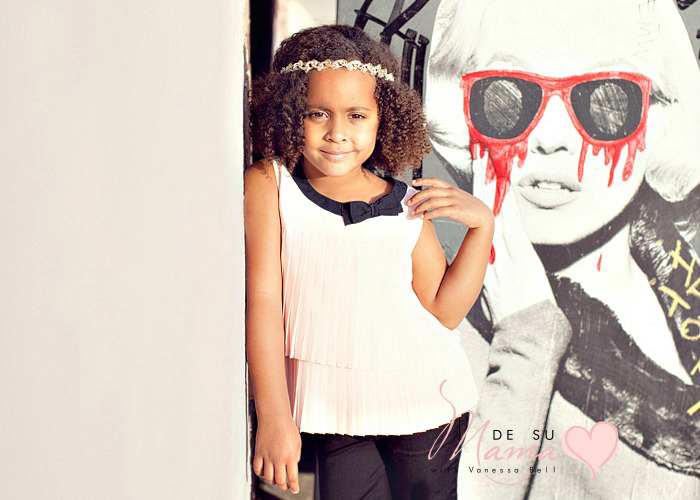
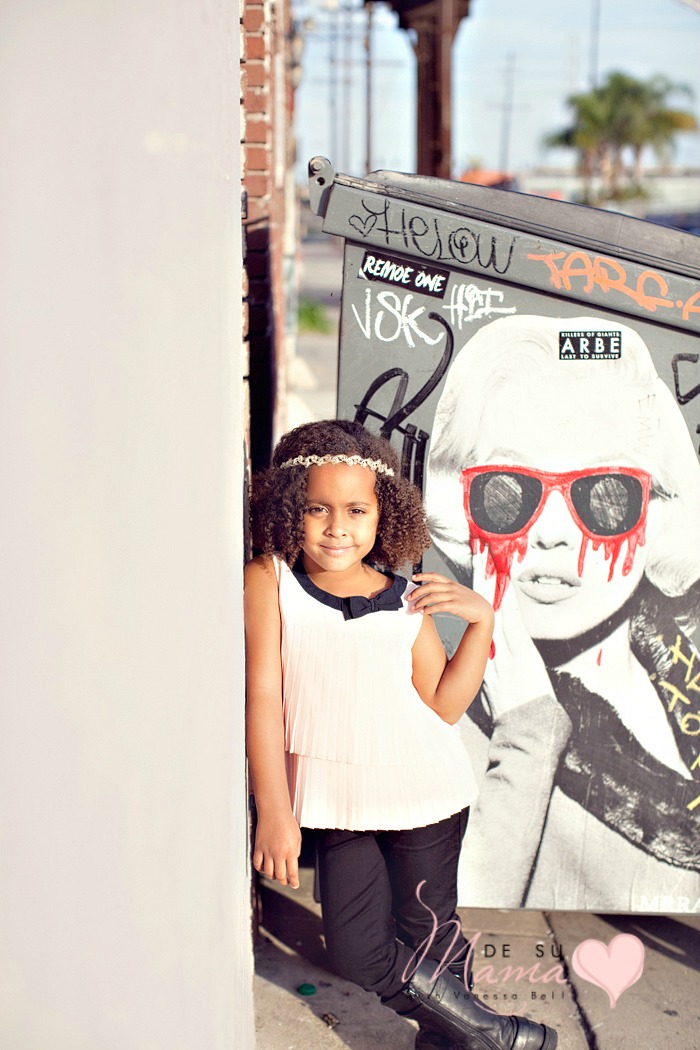
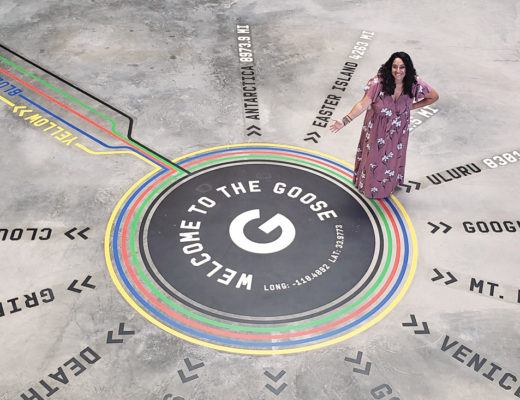
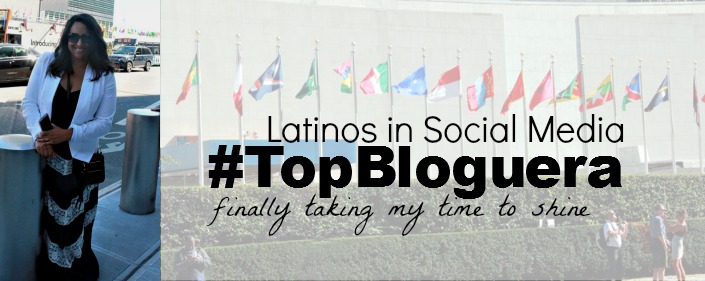
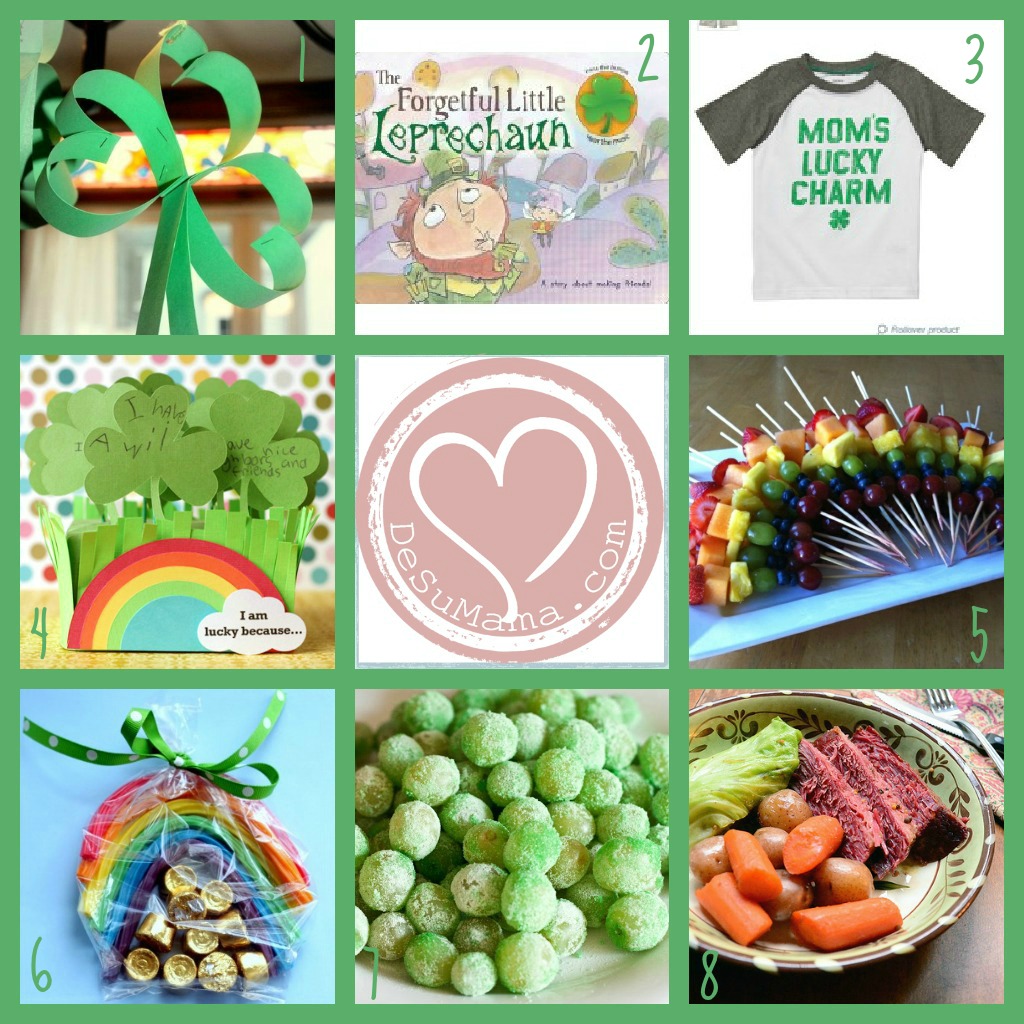
2 Comments
Emad Aloka
February 3, 2015 at 1:33 amThank you my professor, Jermaine! This is enriching and informative page.
10 Terms that Moms of Biracial Kids Need To Know - De Su Mama
March 4, 2015 at 10:01 am[…] reading… The 6 Most Wonderful Things I’m NOT Grateful ForContinue reading… Tips to Help Your Biracial Kids Answer “What are you?”Continue reading… Self Care for Mom: Natural Herbs and SupplementsContinue […]